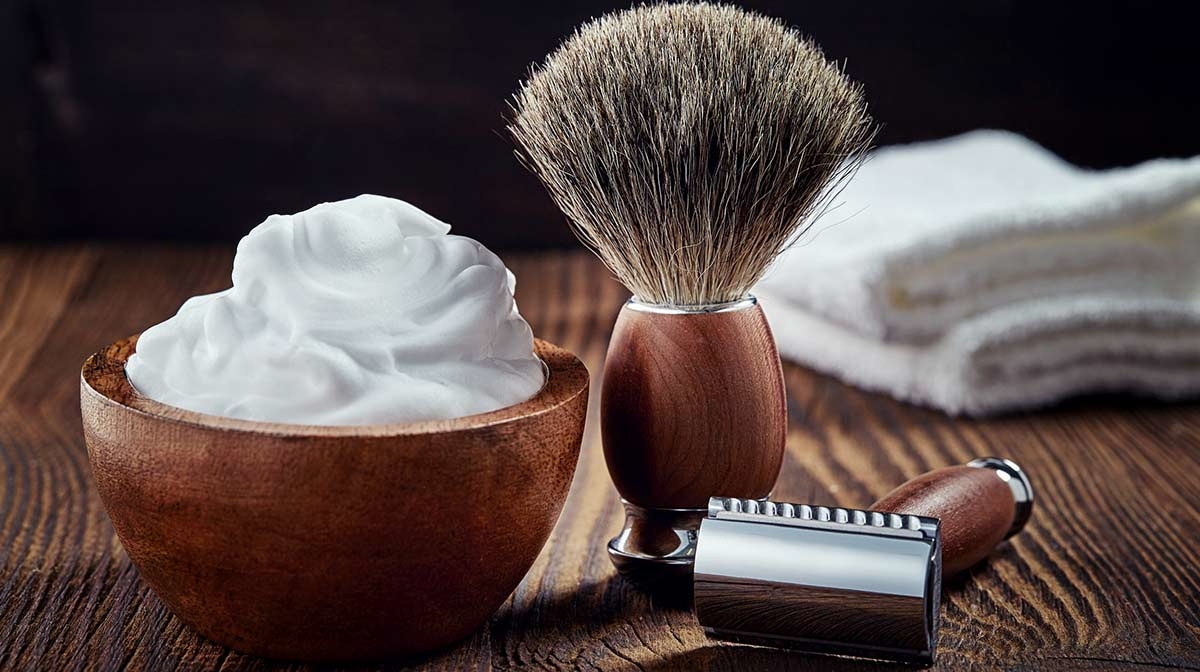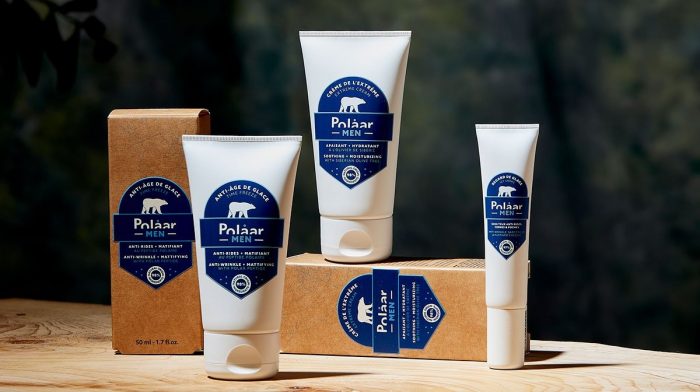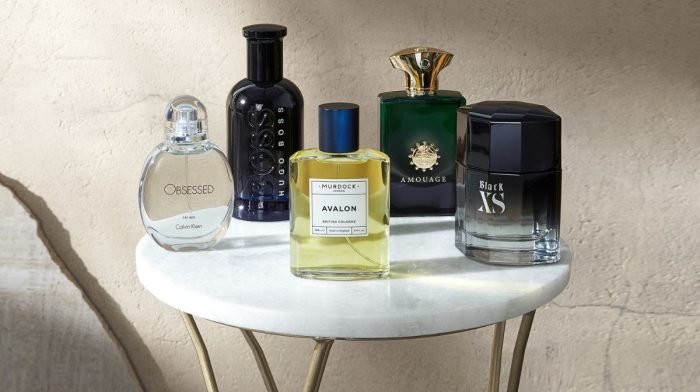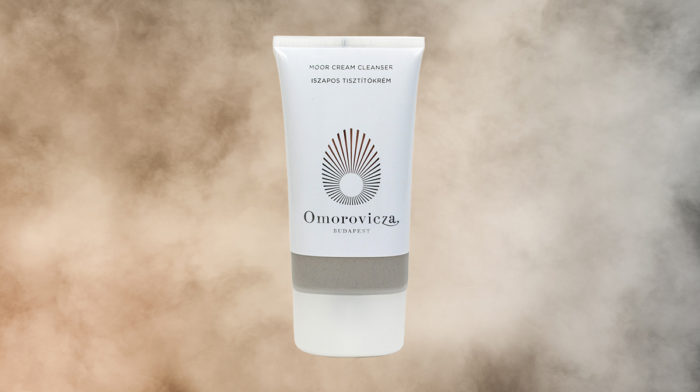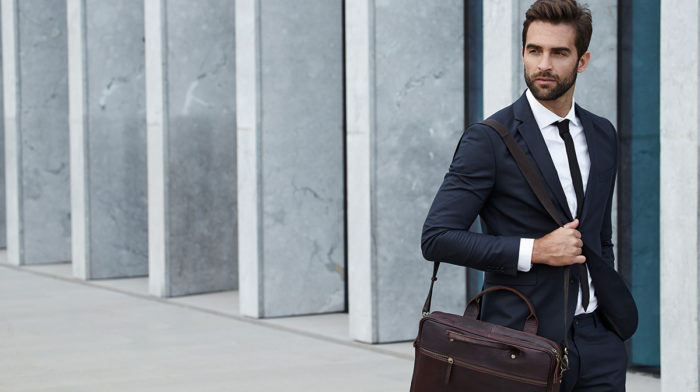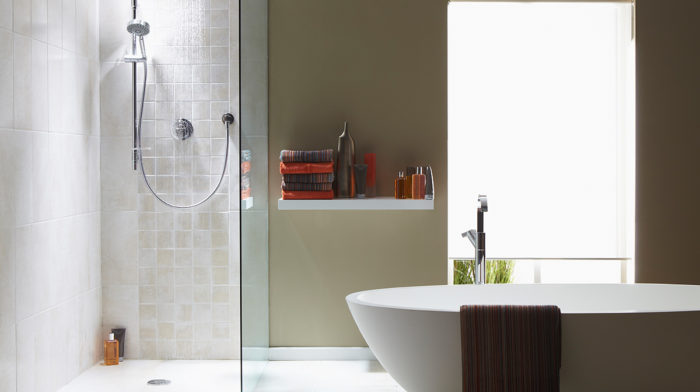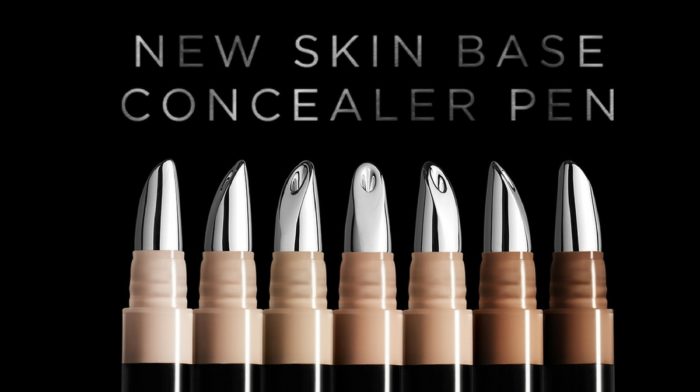Shaving is no-one’s favourite thing to do, but with a few simple measures you can make it a much more skin friendly-experience and get your best shave ever. This year you’ll spend an average of 60 hours in front of a mirror shaving. That’s 138 days over your lifetime or over 2,000 football matches you could have watched. And, over the course of a lifetime, you’ll have removed a whopping 27 feet of whiskers!
So why do we go to so much trouble to stay smooth? Well, the fact that shaving makes us feel cleaner, fresher and generally more business-like has a lot to do with it (as does the fact that if we didn’t, we’d all end up looking like Gandalf). 79% of women claim to prefer men who are clean shaven which might have something to do with it too!
Shaving is a daily ritual fraught with difficulties not least because of the potential for nicks, cuts and razor burn. While electric shavers are convenient, they’re often expensive and harsh on the skin, making wet shaving the best way to get smooth results. So here are a few simple steps to guarantee you the smoothest and most comfortable shave possible, along with a few suggestions for products that can help you upgrade your existing shaving routine.
Give Your Skin Time To Wake Up
Thanks to an accumulation of fluid, skin tends to be puffy first thing in the morning, so give it time to settle down before you start shaving and you’ll get better results and less nicks and cuts. By the time you’ve had some breakfast and a coffee you’ll also be more alert – not a bad thing if you’re going to be brandishing a razor!
Try Shaving After A Shower
Or in it, if you have a steam-free shaving mirror. After just two minutes, the warm water and steam will have caused the hairs on your chin to expand – making them softer and much easier to shave. It’s thought that if you wet the hairs adequately before shaving, the force required to slice them with the razor is reduced by up to 70%. What’s more, all that steam and hot water will open your pores, releasing any dirt and grime. Try the Anthony Shave Gel, a transparent shave gel for a super-close shave, or the Refinery Shave Foam Gel which is great for heavy beards.
